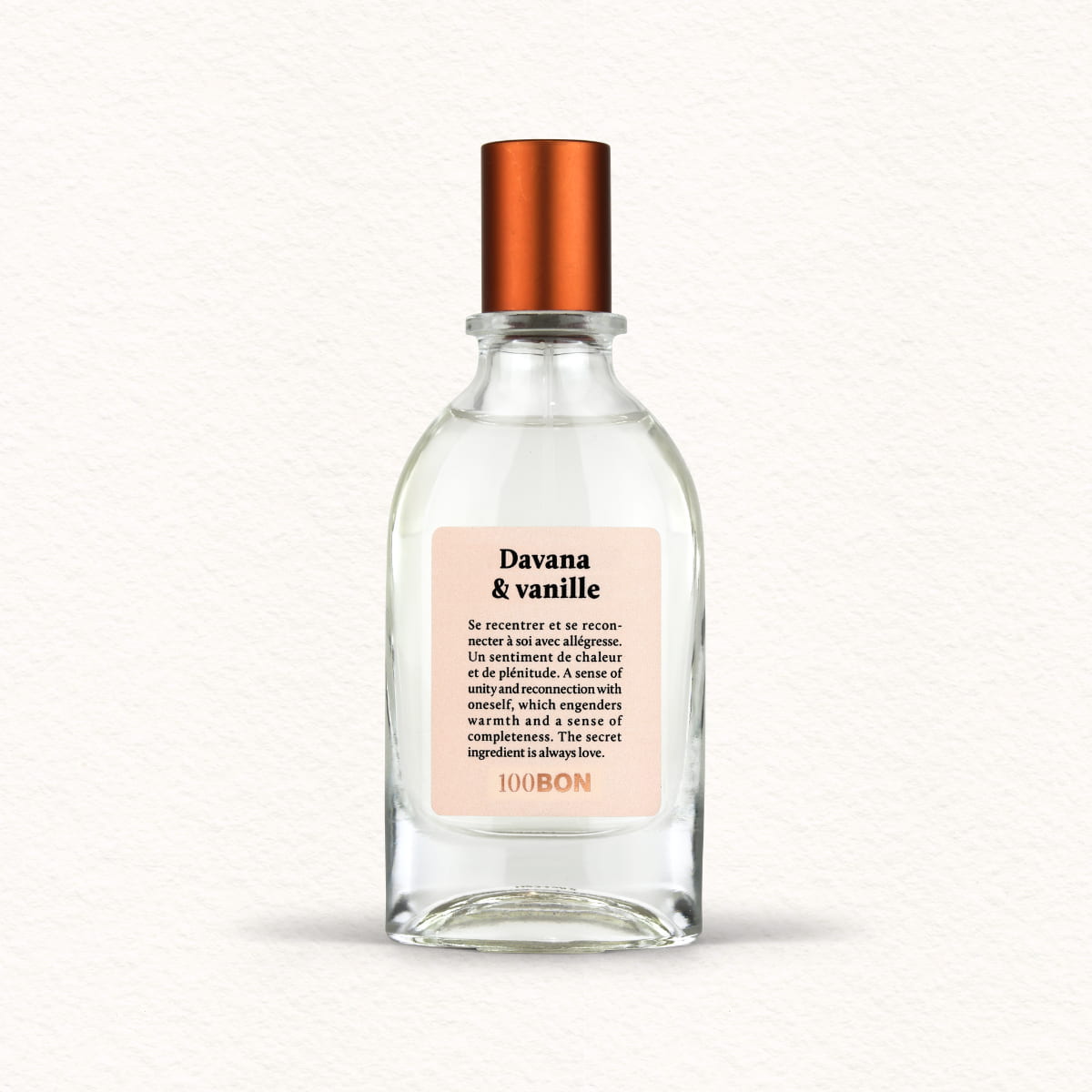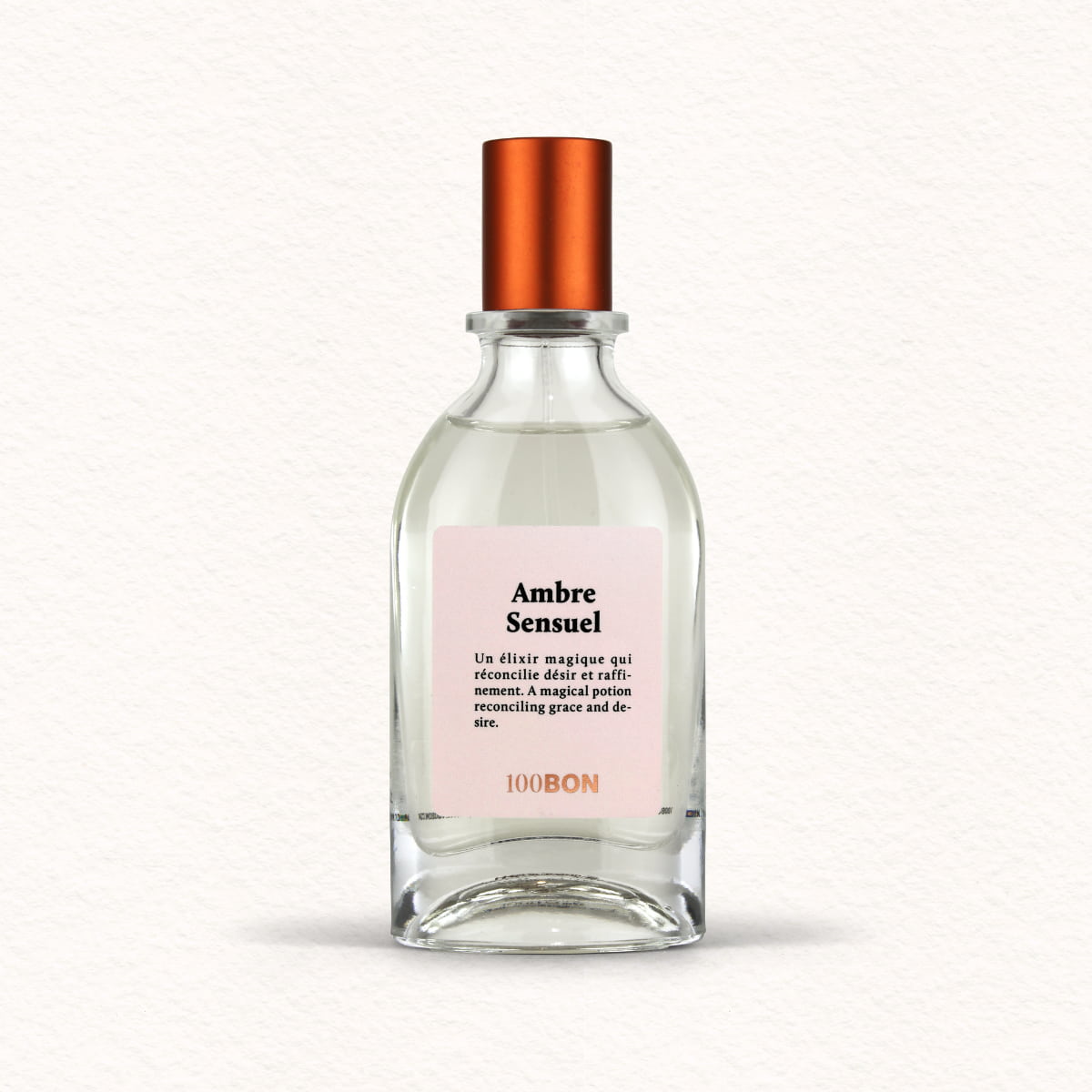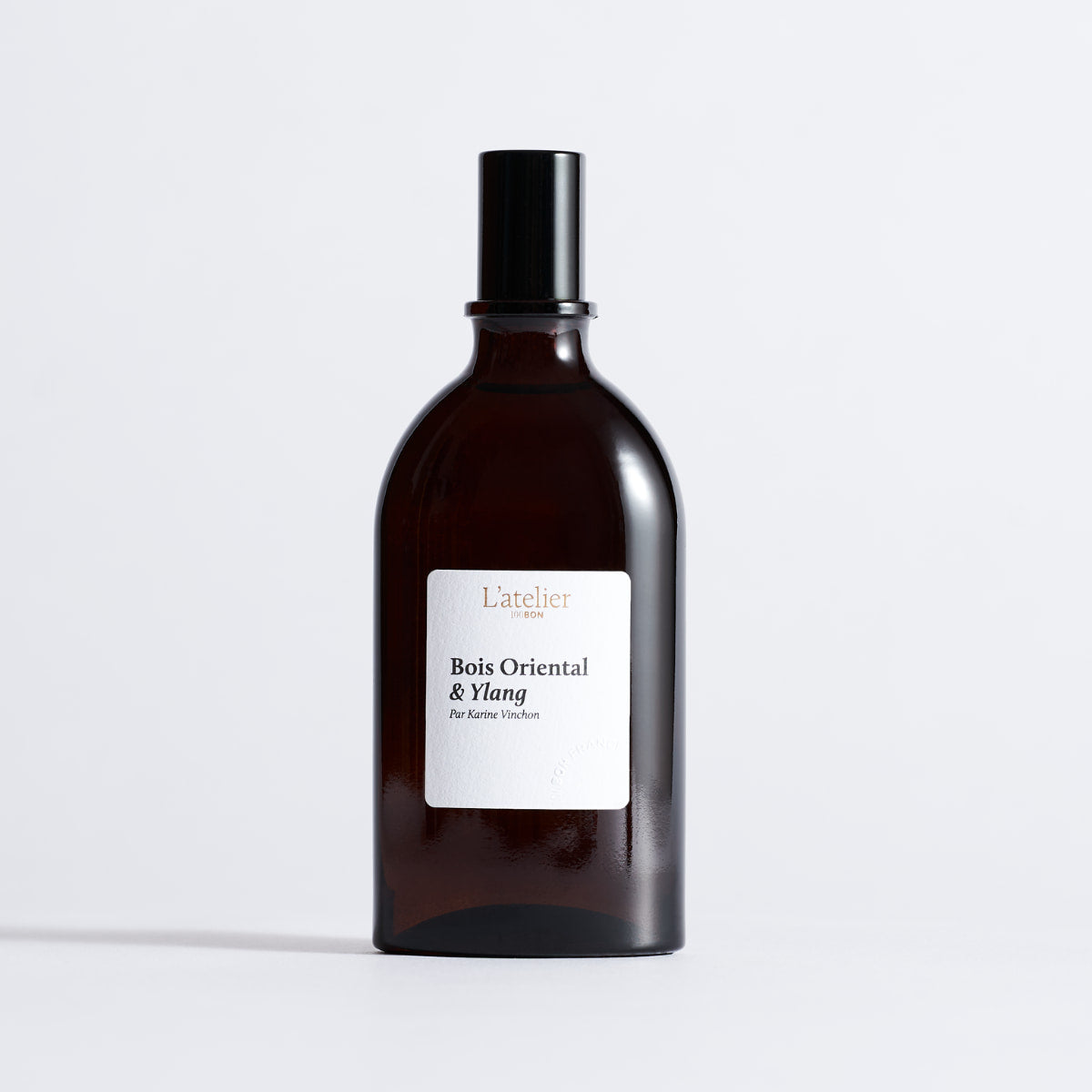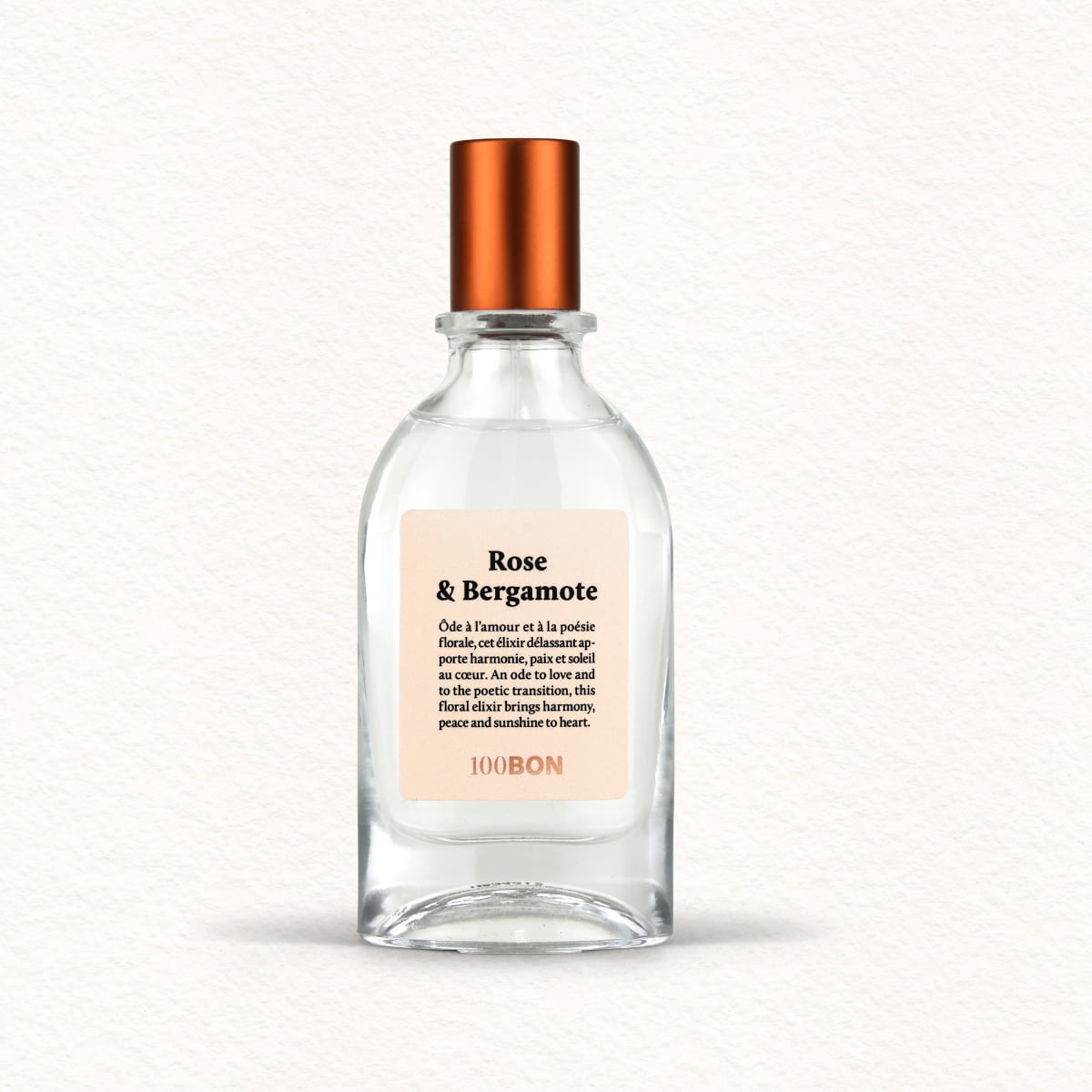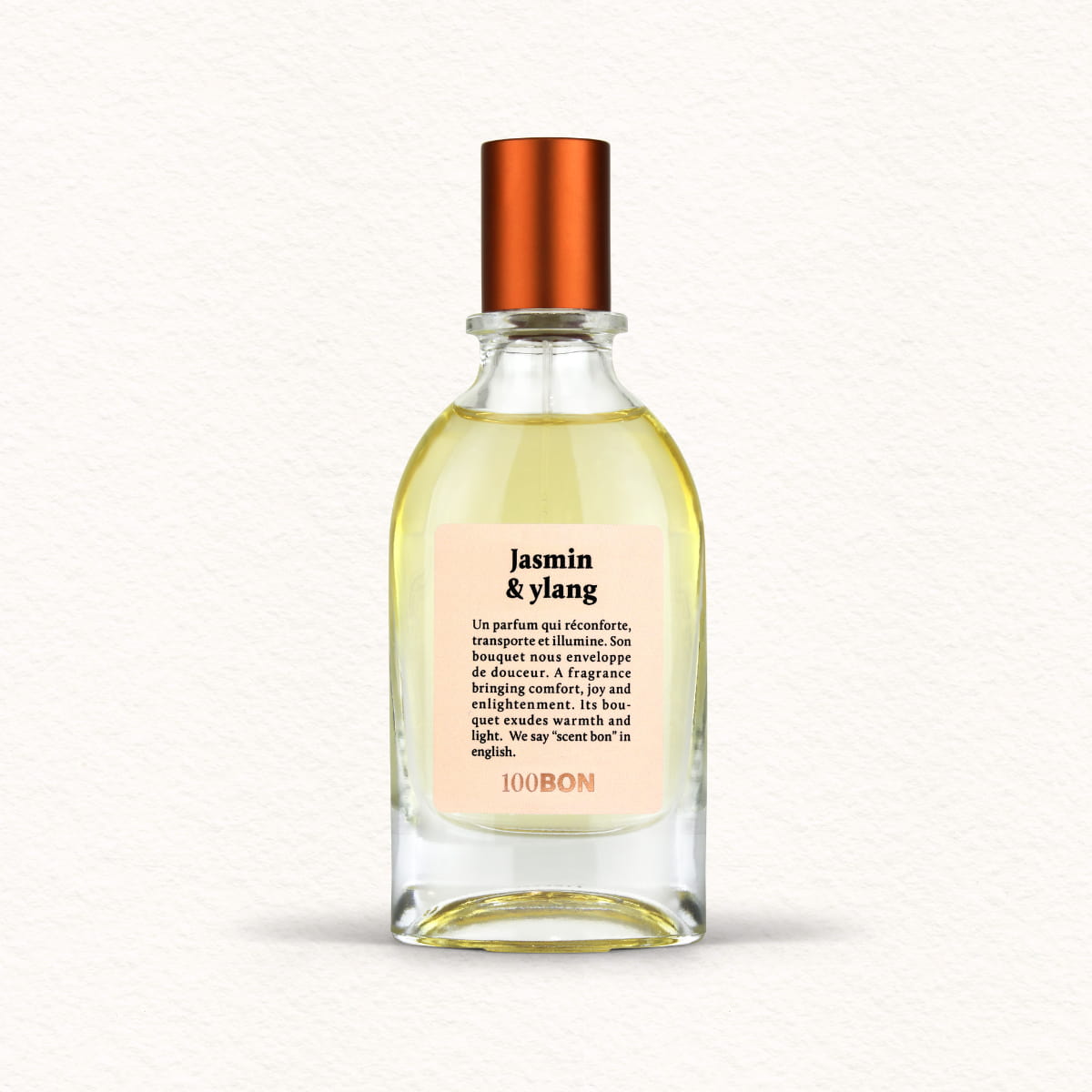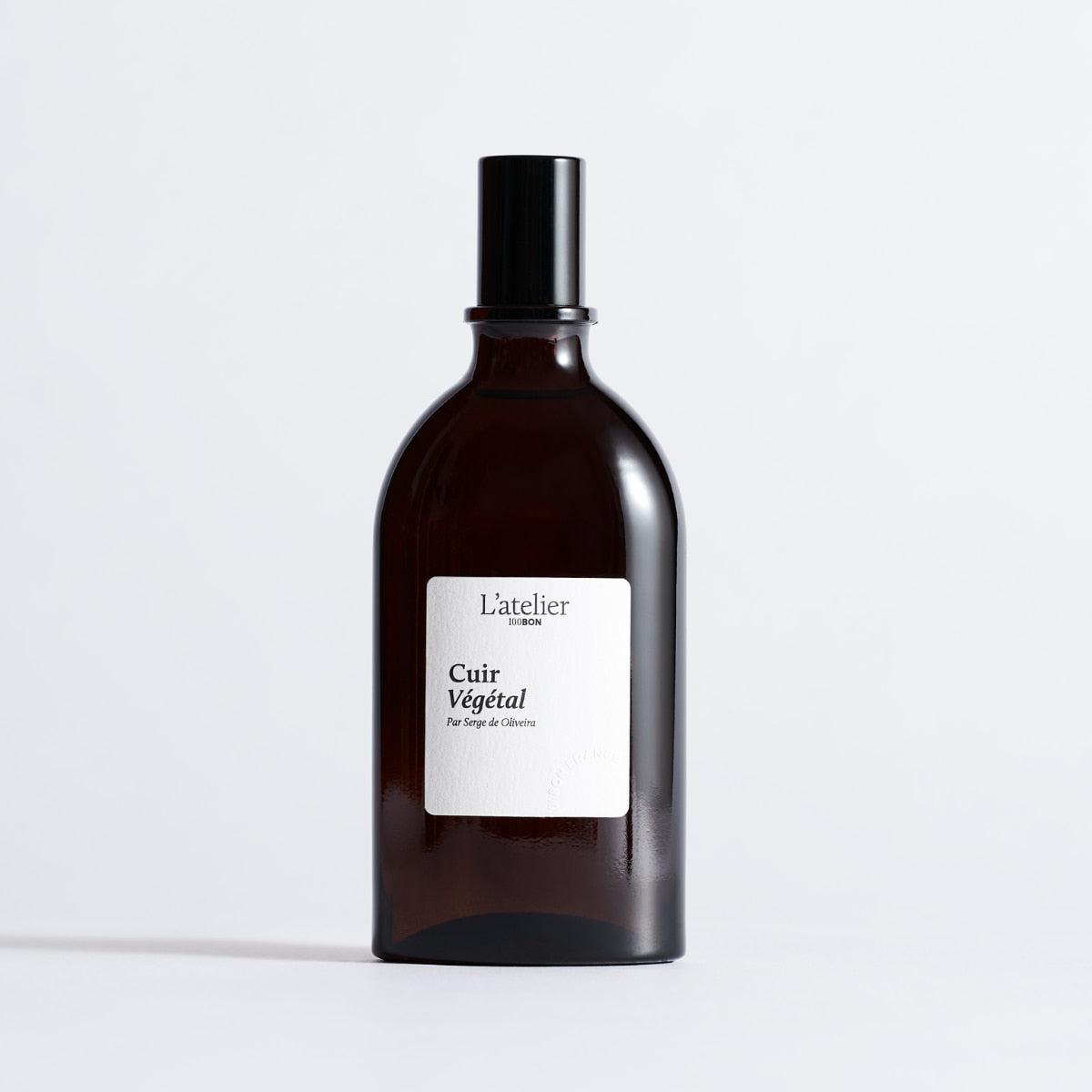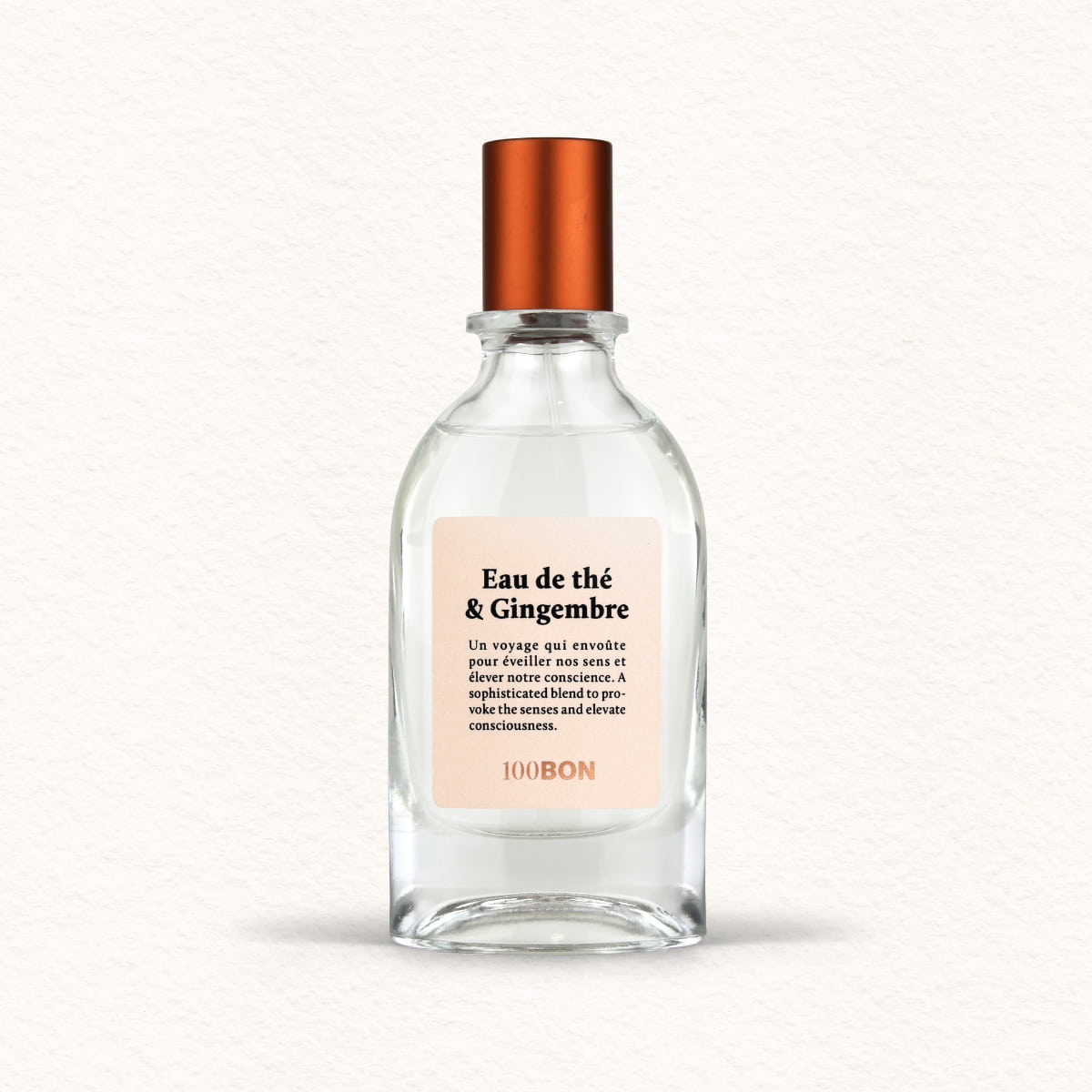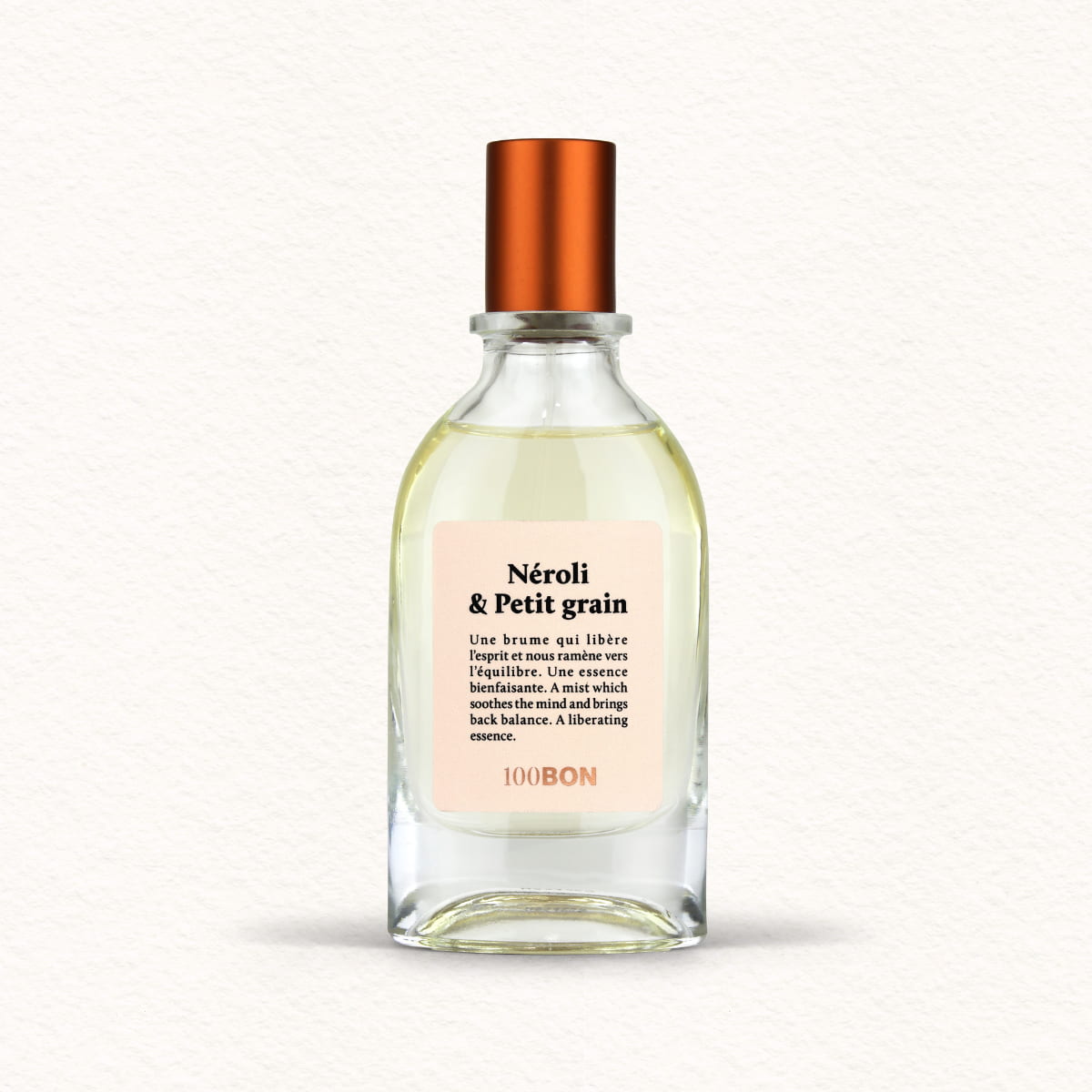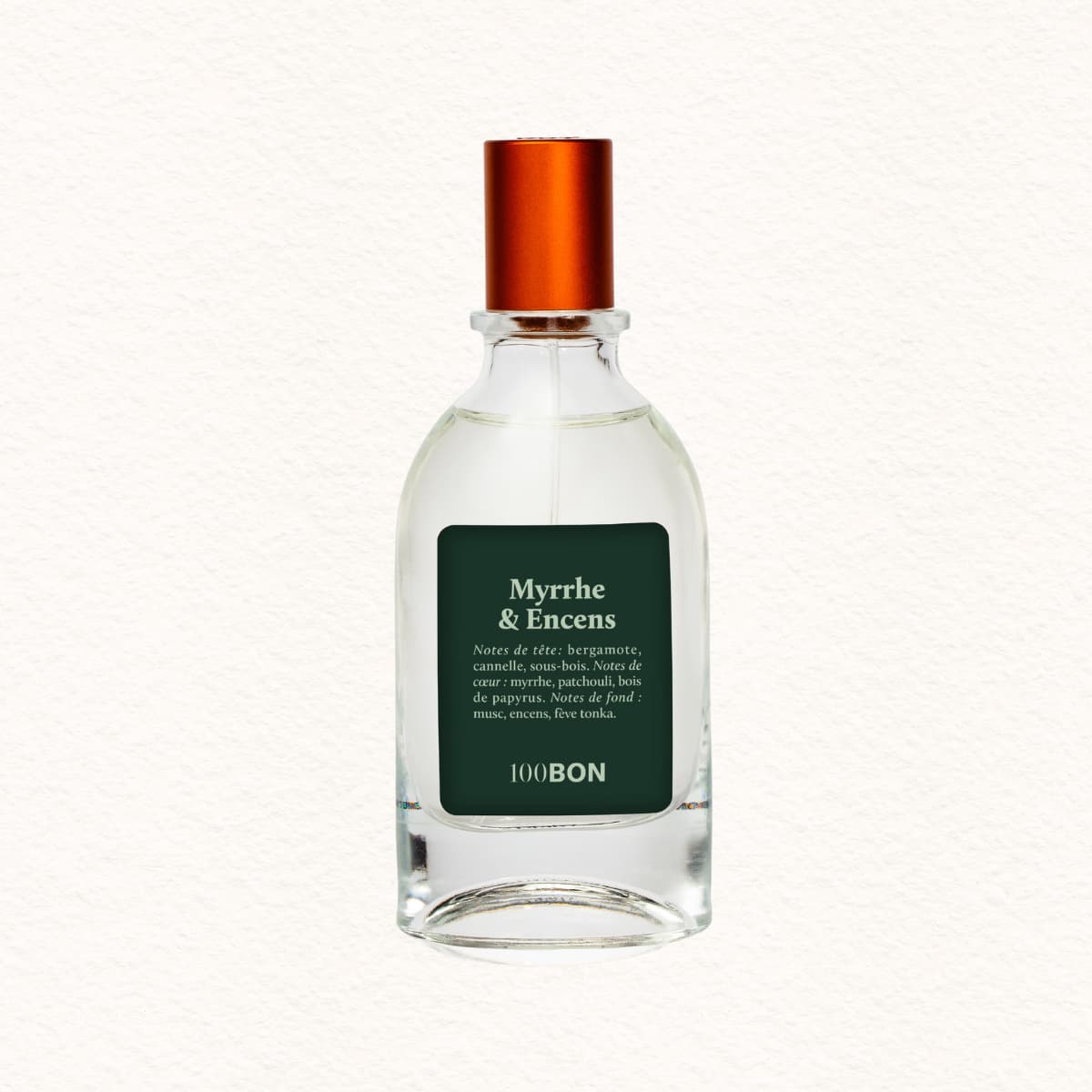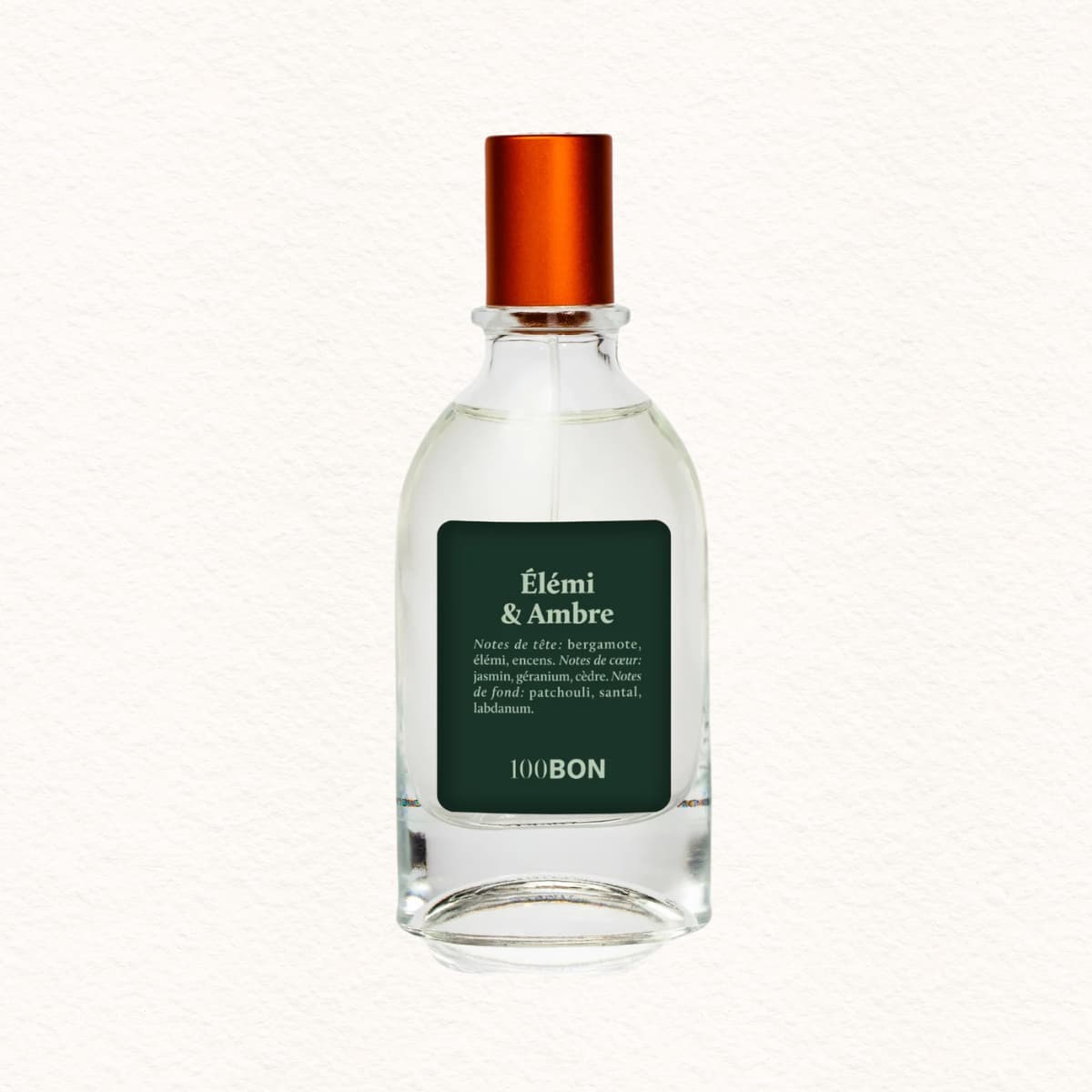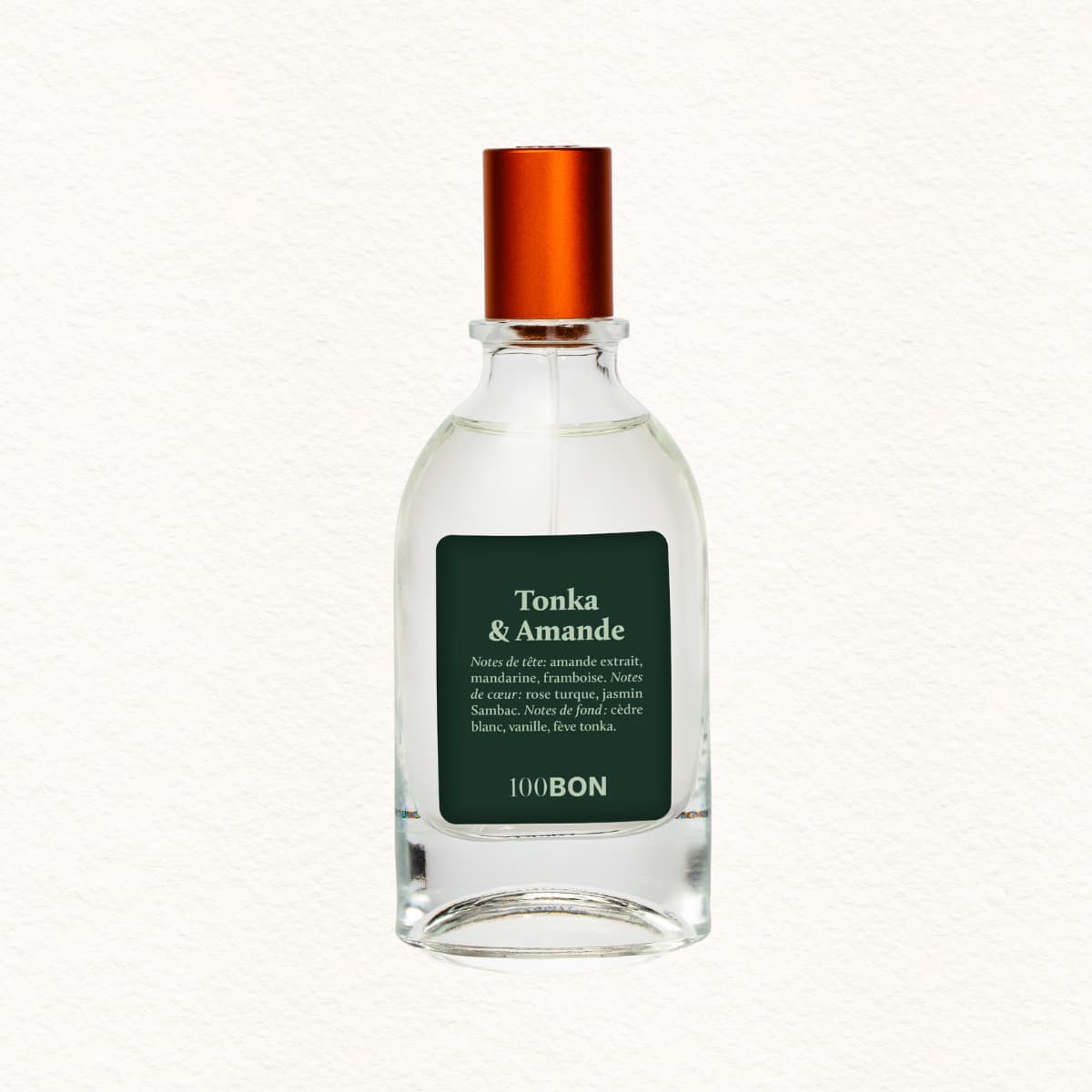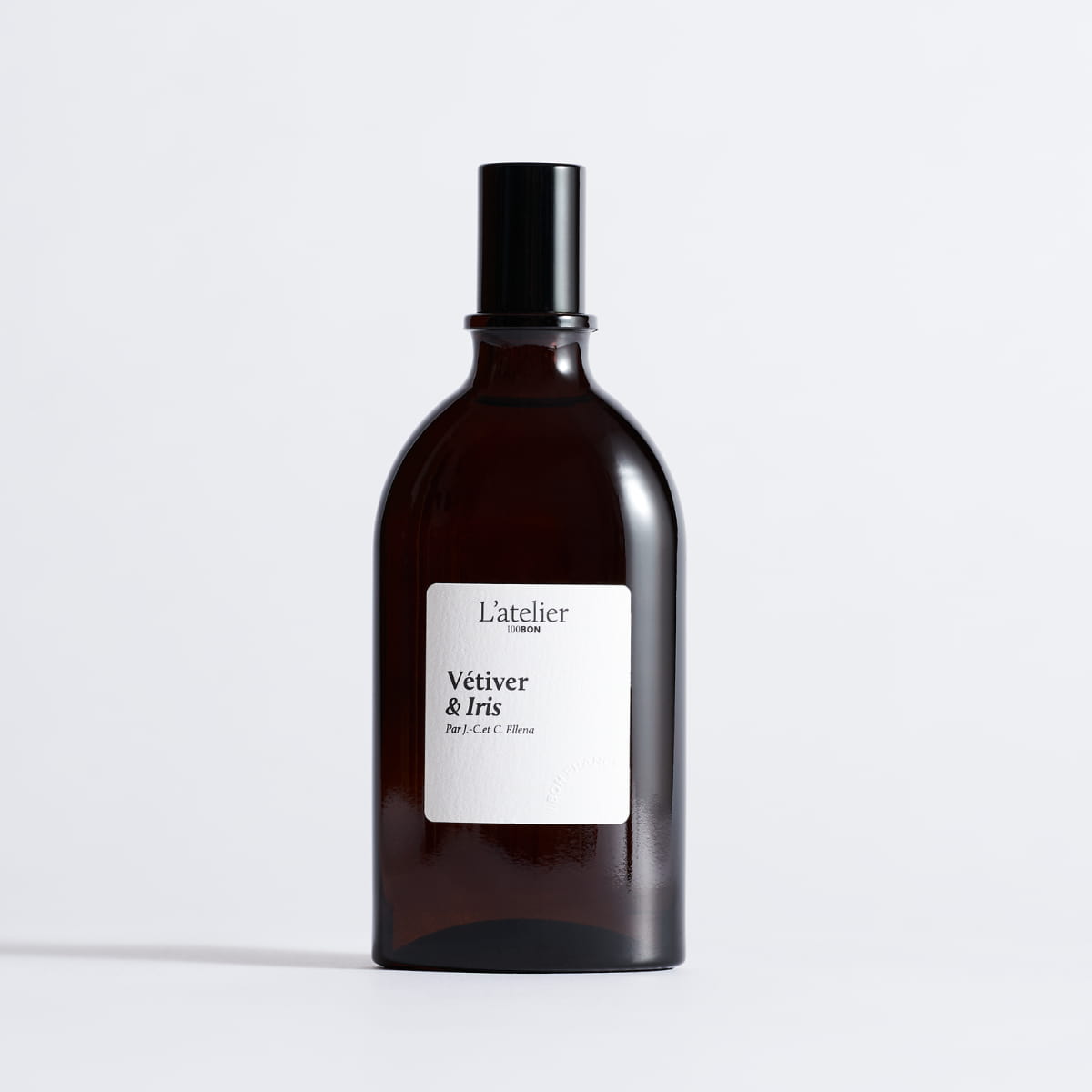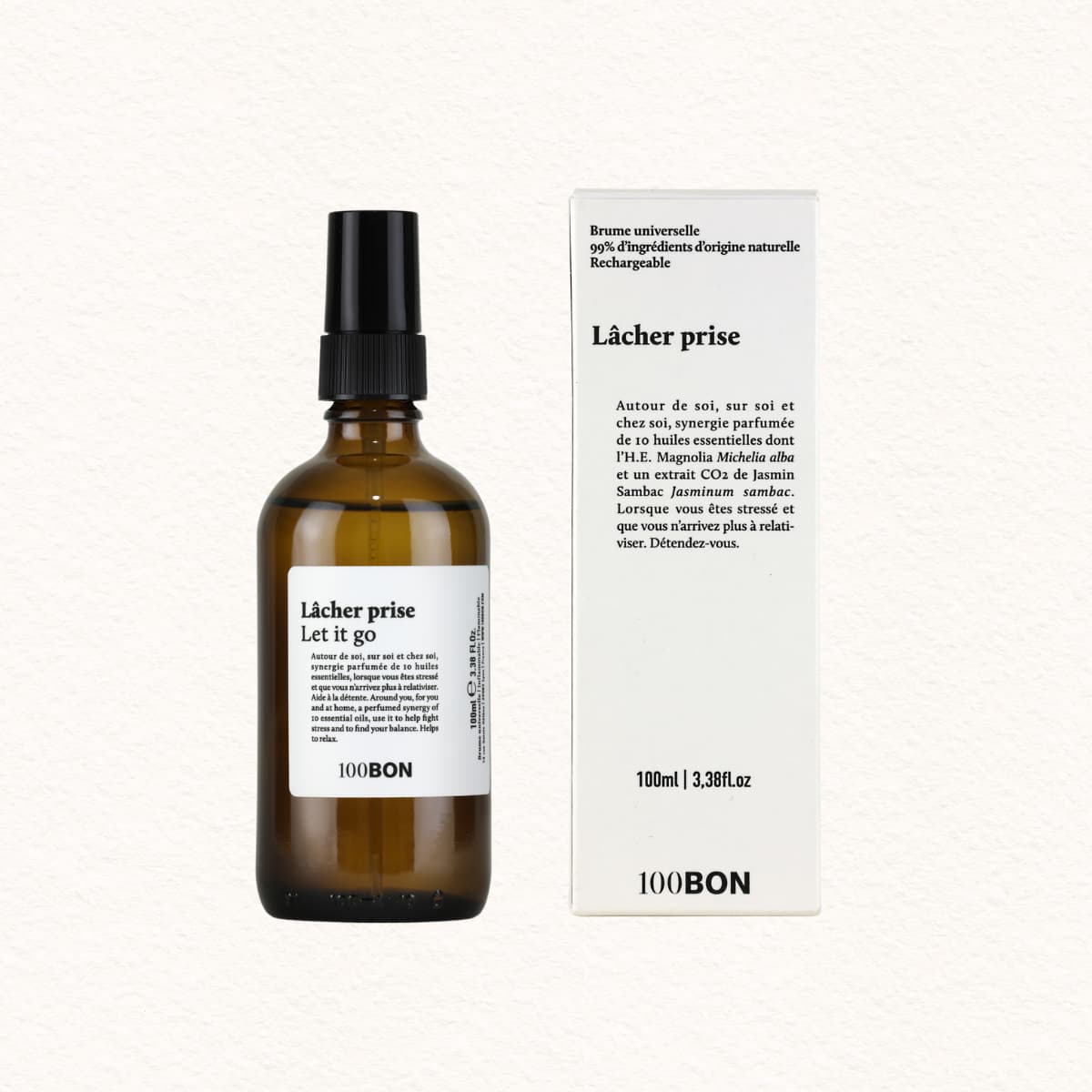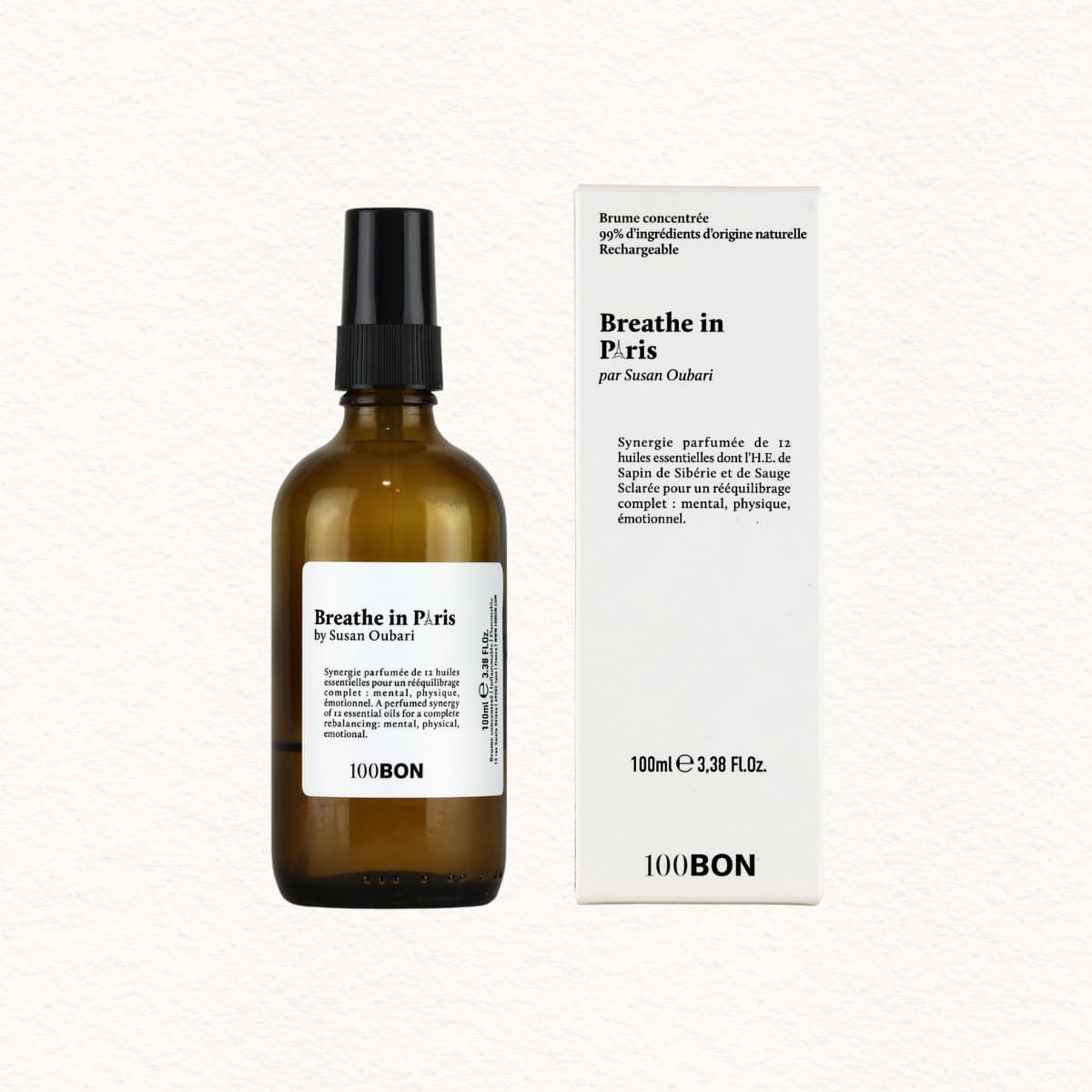These general terms and conditions of sale (hereinafter referred to as the "General Terms") apply to any purchase made by an internet user/individual (hereinafter referred to as the "CUSTOMER") on the website https://www.100bon.com/ (hereinafter referred to as the "SITE") from THE OTHERS PERFUMERS, a SAS registered with the LYON Trade and Companies Register under number 819 421 413 000 17, with its registered office at 51 avenue du Maréchal Foch 69006 Lyon, France, Tel: 04 78 72 40 89, email: contact@100bon.com (hereinafter referred to as the "SELLER").
Any order placed on the SITE necessarily implies the unconditional acceptance of the CUSTOMER to these General Terms.
Article 1. Definitions
The terms used below have the following meanings in these General Terms:
-
"CUSTOMER": refers to the contracting party of the SELLER, who guarantees to have the status of a consumer as defined by French law and case law. As such, it is expressly provided that this CUSTOMER acts outside of any habitual or commercial activity.
-
"DELIVERY": refers to the first presentation of the PRODUCTS ordered by the CUSTOMER at the delivery address indicated at the time of the order.
-
"PRODUCTS": refers to all the products available on the SITE.
-
"TERRITORY": refers to Metropolitan France (excluding overseas territories).
Article 2. Purpose
These General Terms govern the sale by the SELLER to its CUSTOMERS of the PRODUCTS. The CUSTOMER is clearly informed and acknowledges that the SITE is intended for consumers and that professionals must contact the SELLER's sales department to benefit from distinct contractual conditions.
Article 3. Acceptance of the General Terms
The CUSTOMER undertakes to read these General Terms carefully and accept them before proceeding with the payment of an order placed on the SITE.
These General Terms are referenced at the bottom of each page of the SITE via a link and must be consulted before placing the order. The CUSTOMER is invited to read them carefully, download, print them, and keep a copy. The SELLER recommends that the CUSTOMER read the General Terms each time they place a new order, as the latest version of these Terms applies to any new order of PRODUCTS. By clicking on the first button to place the order and then on the second to confirm said order, the CUSTOMER acknowledges having read, understood, and accepted the General Terms without limitation or condition.
Article 4. Purchasing Products on the SITE
To purchase a PRODUCT, the CUSTOMER must be at least 18 years old and have legal capacity or, if a minor, be able to justify parental authorization. The CUSTOMER will be invited to provide information allowing them to be identified by completing the form available on the SITE. The sign (*) indicates mandatory fields that must be filled for the CUSTOMER's order to be processed by the SELLER. The CUSTOMER can check the status of their order on the SITE.
The tracking of DELIVERIES may, where applicable, be carried out using the online tracking tools of certain carriers. The CUSTOMER may also contact the SELLER's sales department at any time by email at sav@100bon.com to obtain information on the status of their order.
The information that the CUSTOMER provides to the SELLER when placing an order must be complete, accurate, and up-to-date. The SELLER reserves the right to request the CUSTOMER to confirm, by any appropriate means, their identity, eligibility, and the information provided.
Article 5. Orders
Article 5.1 Characteristics of PRODUCTS
The SELLER undertakes to present the essential characteristics of the PRODUCTS (on the information sheets available on the SITE) and the mandatory information that the CUSTOMER must receive under applicable law (in these General Conditions).
The CUSTOMER undertakes to carefully read this information before placing an order on the SITE.
Unless expressly stated otherwise on the SITE, all PRODUCTS sold by the SELLER are new and comply with current European legislation and applicable standards in France.
Article 5.2. Order procedure
Orders for PRODUCTS are placed directly on the SITE. To place an order, the CUSTOMER must follow the steps described below (please note, however, that depending on the CUSTOMER's starting page, the steps may slightly differ).
5.2.1. Selection of products and purchase options
The CUSTOMER must select the PRODUCT(s) of their choice by clicking on the concerned PRODUCT(s) and choosing the desired characteristics and quantities. Once the PRODUCT is selected, the PRODUCT is placed in the CUSTOMER's cart. The latter can then add as many PRODUCTS to their cart as they wish.
5.2.2. Orders
Once the products are selected and placed in their cart, the CUSTOMER must click on the cart and verify that the content of their order is in accordance with their selection. If the CUSTOMER has not already done so, they will then be invited to identify themselves or register.
Once the CUSTOMER has validated the content of the cart and has identified/registered, an automatically completed online form will be displayed, summarizing the price, applicable taxes, and, if applicable, delivery costs.
The CUSTOMER is invited to verify the content of their order (including the quantity, characteristics, and references of the ordered PRODUCTS, the billing address, the payment method, and the price) before validating its content. The CUSTOMER can then proceed to pay for the PRODUCTS by following the instructions on the SITE and provide all necessary information for billing and DELIVERY of the PRODUCTS.
Regarding PRODUCTS for which options are available, these specific references appear when the correct options have been selected. Orders placed must include all information necessary for proper order processing. The CUSTOMER must also select the chosen delivery method.
5.2.3. Acknowledgment of receipt
Once all the steps described above are completed, a page appears on the SITE to acknowledge receipt of the CUSTOMER's order. A copy of the order acknowledgment is automatically sent to the CUSTOMER by email, provided that the email address provided through the registration form is correct. The SELLER does not send any order confirmation by postal mail or fax.
5.2.4. Invoicing
During the ordering process, the CUSTOMER must enter the necessary billing information (the (*) sign will indicate the mandatory fields that must be filled in for the CUSTOMER's order to be processed by the SELLER). The CUSTOMER must clearly indicate all information relating to DELIVERY, in particular the exact DELIVERY address, as well as any possible access code to the DELIVERY address.
The CUSTOMER must then specify the chosen payment method. Neither the order form that the CUSTOMER establishes online, nor the order acknowledgment that the SELLER sends to the CUSTOMER by email constitutes an invoice.
Regardless of the ordering or payment method used, the customer will be able to download the original invoice from their customer account at the end of their order, or by requesting it from the customer service whose contact details are provided in Article 15 "Complaints".
5.3. Order date
The order date is the date on which the SELLER acknowledges receipt of the order online. The deadlines indicated on the SITE only start running from this date.
5.4. Price
For all PRODUCTS, the CUSTOMER will find prices displayed in euros, including all taxes, as well as applicable shipping fees (depending on the weight of the package, excluding packaging and gifts, the DELIVERY address, and the chosen carrier or mode of transport). Prices include, in particular, the value-added tax (VAT) at the rate applicable on the date of the order. Any changes to the applicable rate may affect the price of the PRODUCTS from the effective date of the new rate. The applicable VAT rate is expressed as a percentage of the value of the sold PRODUCT. The prices of the SELLER’s suppliers may change. As a result, the prices displayed on the SITE may change. They may also be modified in case of special offers or sales. The displayed prices are valid, unless there is a gross error. The applicable price is the one shown on the SITE at the time the order is placed by the CUSTOMER.
5.5. Product Availability
The unavailability of a PRODUCT is usually indicated on the relevant PRODUCT page. CUSTOMERS may also be informed about restocking of a PRODUCT by the SELLER. In any case, if the unavailability was not indicated at the time of the order, the SELLER commits to informing the CUSTOMER without delay if the PRODUCT is unavailable. The SELLER may, at the CUSTOMER's request:
-
Either offer to ship all PRODUCTS together as soon as the out-of-stock PRODUCTS become available again,
-
Or proceed with a partial shipment of available PRODUCTS first, then ship the remainder of the order when the other PRODUCTS are available, subject to clear information about any additional shipping costs that may be incurred,
-
Or offer an alternative PRODUCT of equivalent quality and price, accepted by the CUSTOMER.
If the CUSTOMER decides to cancel their order for unavailable PRODUCTS, they will receive a refund for all amounts paid for the unavailable PRODUCTS within thirty (30) days of payment.
Article 6. Payment
6.1. Payment methods
The CUSTOMER can pay for their PRODUCTS online on the SITE using the methods offered by the SELLER.
The CUSTOMER guarantees to the SELLER that they have all the required authorizations to use the chosen payment method. The SELLER will take all necessary measures to guarantee the security and confidentiality of data transmitted online as part of the online payment on the SITE. It is specified that all payment information provided on the SITE is transmitted to the SITE's bank and is not processed on the SITE.
6.2. Payment date
In case of a single payment by credit card, the CUSTOMER's account will be debited as soon as the PRODUCT order is placed on the SITE.
In case of partial DELIVERY, the total amount will be debited from the CUSTOMER's account at the earliest when the first package is shipped.
If the CUSTOMER decides to cancel their order for unavailable PRODUCTS, the refund will be made in accordance with the last paragraph of article 5.5 of these General Conditions.
6.3. Late or refused payment
The SELLER reserves the right to suspend or cancel any execution and/or DELIVERY of an order, regardless of its nature and level of execution, in case of non-payment or partial payment of any amount due by the CUSTOMER to the SELLER, in case of payment incident, or in case of fraud or attempted fraud relating to the use of the SITE or the payment of an order.
Penalties equal to the French legal interest rate in force are applicable by right to unpaid amounts, as soon as the bank payment rejection is notified.
If the bank refuses to debit a card or other payment method, the CUSTOMER must contact the SELLER's customer service to pay for the order by any other valid payment method. In the event that, for whatever reason, opposition, refusal or other, the transmission of the money flow due by the CUSTOMER proves impossible, the order will be canceled and the sale automatically terminated.
Article 7. Proof and archiving
Any contract concluded with the CUSTOMER corresponding to an order of an amount exceeding one hundred and twenty (120) euros including tax will be archived by the SELLER for a period of ten (10) years in accordance with Article L. 134-2 of the Consumer Code. The SELLER agrees to archive this information to ensure transaction tracking and to produce a copy of the contract at the CUSTOMER's request. In case of dispute, the SELLER will have the possibility to prove that its electronic tracking system is reliable and that it guarantees the integrity of the transaction.
Article 8. Transfer of ownership
The SELLER remains the owner of the PRODUCTS delivered until their full payment by the CUSTOMER. The above provisions do not prevent the transfer to the CUSTOMER, at the time of receipt by them, or by a third party designated by them other than the carrier, of the risks of loss or damage to the PRODUCTS subject to retention of title, as well as the risks of damage they may cause.
Article 9. DELIVERY
The DELIVERY terms of the PRODUCTS are provided in Appendix 2 "DELIVERY Policy" and accessible at the bottom of each page of the SITE via a hyperlink.
Article 10. Packaging
The PRODUCTS will be packaged in accordance with current transport standards, to ensure maximum protection for the PRODUCTS during DELIVERY. CUSTOMERS agree to respect the same standards when returning PRODUCTS under the conditions set out in Article 11 "Right of withdrawal".
Article 11. Right of withdrawal
11.1 Terms of the right of withdrawal
In accordance with Article L. 221-18 of the Consumer Code, the CUSTOMER has a period of fourteen (14) calendar days from the day they receive their order, to exercise their right of withdrawal on one or more of the ordered PRODUCTS, without having to justify reasons or pay penalties.
The CUSTOMER can make their withdrawal request using the model withdrawal form in Appendix 1 of these General Conditions or by any other written means.
The withdrawal request must be sent to the following address: 100BON, 13, rue Sainte-Hélène 69002 LYON, or by email to the following address: sav@100bon.com.
The PRODUCTS listed below are excluded from the right of withdrawal and therefore cannot be refunded by the SELLER:
-
PRODUCTS made according to the CUSTOMER's specifications or clearly personalized,
-
PRODUCTS which, due to their nature, cannot be reshipped or are likely to deteriorate or expire quickly,
-
PRODUCTS that have been unsealed by the CUSTOMER after DELIVERY and cannot be returned for reasons of hygiene or health protection.
11.2 Return of Products
The PRODUCTS must be returned to the SELLER, at the latest, within fourteen (14) days following the communication by the CUSTOMER of their decision to withdraw.
The return of the PRODUCTS is at the CUSTOMER's risk and expense, who must bear all direct return costs.
The CUSTOMER must send the PRODUCTS they wish to return to the SELLER:
-
Properly protected, in their original packaging, in perfect resale condition (not damaged, deteriorated or soiled), accompanied by all possible accessories, user manuals and documentation,
-
Accompanied by the sales invoice to allow identification of the CUSTOMER and the related order,
-
Without the PRODUCTS having obviously been subject to prolonged use (beyond a few minutes), that is to say provided that the PRODUCTS do not bear the mark of prolonged use exceeding the time necessary for their testing and are in a condition allowing their resale.
The return of the PRODUCTS must be made to the following address: 100BON, 13, rue Sainte-Hélène 69002 LYON.
The refund of the price of the PRODUCTS returned by the CUSTOMER will be made by the SELLER within fourteen (14) days from the receipt of said PRODUCTS. The refund will be made by any payment method at the SELLER's convenience.
Article 12. Warranties
12.1 Legal Warranties
These General Terms and Conditions do not affect the legal warranties granted to the CUSTOMER as a buyer of consumer goods.
The CUSTOMER is entitled to the legal warranty of conformity mentioned in Articles L.217-3 and following of the French Consumer Code.
The SELLER is required to deliver a PRODUCT that complies with the expected use of a similar good and corresponds to the description provided on the SITE. This conformity also implies that the PRODUCT possesses the qualities that a buyer may reasonably expect based on public statements made by the SELLER, including in advertisements and on labeling. In this context, the SELLER may be held liable for any non-conformity existing at the time of delivery, as well as any non-conformity resulting from the packaging, assembly instructions, or installation when the latter was undertaken by the SELLER or under its responsibility.
The CUSTOMER has a period of two (2) years from the date of delivery of the PRODUCT to take action against the SELLER. The CUSTOMER may choose between the repair or replacement of the PRODUCT, subject to the cost conditions provided in Article L.217-9 of the French Consumer Code.
If a replacement or repair is impossible, the SELLER agrees to refund the price of the PRODUCT within thirty (30) days upon receipt of the returned PRODUCT and in exchange for its return by the CUSTOMER.
Additionally, the CUSTOMER is not required to provide proof of the existence of a conformity defect in the PRODUCT for twenty-four (24) months following its delivery. It is specified that this legal warranty of conformity applies independently of any commercial warranty that may be granted on the PRODUCTS.
The CUSTOMER may also choose to invoke the legal warranty against hidden defects, as provided in Articles 1641 and following of the French Civil Code.
The SELLER is liable for hidden defects in the PRODUCT that render it unfit for its intended use or that significantly reduce its usability to the extent that the CUSTOMER would not have purchased it or would have paid a lower price had they been aware of them.
The CUSTOMER has a period of two (2) years from the discovery of the defect to take action under this warranty. They may then choose either to cancel the sale or request a reduction in the purchase price, in accordance with Article 1644 of the French Civil Code.
Legal Warranty Against Hidden Defects
Article 1641 of the French Civil Code:
"The seller is bound by a warranty on account of hidden defects in the item sold that render it unfit for its intended use, or that so diminish its usability that the buyer would not have purchased it or would have paid a lower price if they had known about them."
Article 1648, paragraph 1 of the French Civil Code:
"An action resulting from hidden defects must be brought by the buyer within two years of discovering the defect."
Legal Warranty of Conformity
Article L.217-4 of the French Consumer Code:
"The seller delivers goods in conformity with the contract and is liable for any conformity defects existing at the time of delivery. The seller is also liable for any conformity defects resulting from the packaging, assembly instructions, or installation when these were undertaken by the seller or under its responsibility."
Article L.217-5 of the French Consumer Code:
*"The goods conform to the contract if:
1° They are suitable for the customary use of similar goods and, if applicable:
-
Correspond to the description given by the seller and possess the qualities that the seller has presented to the buyer as a sample or model;
-
Have the qualities that a buyer may legitimately expect given the public statements made by the seller, producer, or their representative, including in advertising or labeling;
2° Or they possess the characteristics defined by mutual agreement between the parties or are suitable for any special use sought by the buyer, brought to the seller’s attention, and accepted by the latter."*
Article L.217-12 of the French Consumer Code:
"An action resulting from a conformity defect must be brought within two years of the delivery of the goods."
12.2 Exclusion of Warranty
The warranties exclude the following damages:
-
Damages of external origin,
-
Damages resulting from the use of the PRODUCTS in a manner that does not comply with the user manual or the instructions provided by the SELLER,
-
Damages caused by negligence, lack of maintenance, or lack of supervision attributable to the CUSTOMER or third parties.
Article 13. Liability
The SELLER shall in no event be held liable for any failure or improper performance of contractual obligations attributable to the CUSTOMER, particularly during the placement of their order.
The SELLER shall not be held responsible or considered to have breached these Terms in the event of a delay or failure to perform caused by a force majeure event as defined in Article 16 of these General Terms and Conditions.
The SELLER shall not be held liable for any events, inconveniences, or damages inherent to the use of the SITE, including service interruptions, external intrusions, or the presence of computer viruses.
The SELLER shall not be liable for any indirect damages arising from these General Terms and Conditions.
Article 14. Personal Data Protection
The CUSTOMER is informed and agrees that their personal data may be collected on the SITE and used by the SELLER, who acts as the data controller within the meaning of Regulation (EU) 2016/679 of the European Parliament and Council of April 27, 2016, concerning the protection of individuals with regard to the processing of personal data and the free movement of such data, repealing Directive 95/46/EC (hereinafter "General Data Protection Regulation" or "GDPR").
The SELLER undertakes to protect and ensure the security and confidentiality of its CUSTOMERS' personal data in accordance with the GDPR, particularly by taking all necessary precautions to prevent such data from being altered, damaged, or accessed by unauthorized third parties.
In particular, the CUSTOMER’s personal data may be transmitted to subcontractors and contractual partners who, as data processors under the GDPR, contribute directly to the management of orders and require access to the personal data provided by the CUSTOMER when creating and using their account (identity, postal address, phone number, email address). These subcontractors may only act on the SELLER's instructions.
The CUSTOMER’s personal data is collected for the following purposes: managing orders and customer relationships; informing CUSTOMERS about offers and commercial information related to the brand; strengthening and improving SITE and brand communication by sending, among other things, newsletters and special offers based on the CUSTOMER's preferences observed on the SITE; improving and personalizing services offered to CUSTOMERS; and complying with legal and regulatory obligations. The CUSTOMER's personal data is retained only for the period strictly necessary to achieve the aforementioned purposes.
In accordance with the GDPR, the CUSTOMER has the right to access, rectify, and oppose the processing of their personal data (hereinafter "Data Protection Rights"). To exercise one or more of these Data Protection Rights, the CUSTOMER must send a request by email or postal mail to the SELLER’s customer service department, filling out the contact form available on the SITE or writing to the following address, including their full name, email address, and customer reference:
100BON Customer Service, 13 rue Sainte Hélène, 69002 LYON, FRANCE
Each request must be signed and accompanied by a photocopy of an identity document bearing the CUSTOMER’s signature, and specify the address where a response should be sent. A reply to any request based on one or more Data Protection Rights will be sent within two (2) months of receiving the request.
The CUSTOMER may also provide the SELLER with specific instructions on how they wish their Data Protection Rights to be exercised after their death, in accordance with the GDPR.
Article 15. Claims
Any claims by the CUSTOMER regarding the execution of the contract must be submitted:
Article 16. Force Majeure
The performance by either party of all or part of its obligations shall be suspended in the event of the occurrence of a force majeure event within the meaning of Article 1218 of the French Civil Code that prevents or delays execution. Such events include, but are not limited to, war, riots, pandemics, insurrection, social unrest, and strikes of any kind.
Each party shall inform the other party of the occurrence of a force majeure event within seven (7) days of its occurrence. If the suspension continues beyond a period of fifteen (15) days, either party shall have the right to terminate the contract.
Article 17. Intellectual Property
All visual and audio elements of the SITE, including the underlying technology used, are protected by copyright, trademark law and/or patents. These elements are the exclusive property of the SELLER. Any person who publishes a website and wishes to create a direct hypertext link to the SITE must request written permission from the SELLER. This authorization from the SELLER will in no case be granted definitively. This link must be removed at the request of the SELLER. Hypertext links to the SITE that use techniques such as framing or in-line linking are strictly prohibited.
Article 18. Validity of the General Conditions
Any modification of the legislation or regulations in force, or any decision of a competent court invalidating one or more clauses of these General Conditions shall not affect the validity of these General Conditions. Such modification or decision shall in no case authorize the CLIENTS to disregard these General Conditions. All conditions not expressly treated in these will be governed in accordance with the usage of the retail sector, for companies whose registered office is located in France.
Article 19. Modification of the General Conditions
These General Conditions apply to all purchases made online on the SITE, as long as the SITE is available online. The General Conditions are dated precisely and may be modified and updated by the SELLER at any time. The applicable General Conditions are those in force at the time of the order. Changes to the General Conditions will not apply to PRODUCTS already purchased.
Article 20. Jurisdiction and Applicable Law
These General Conditions and the relations between the CLIENT and the SELLER are governed by French law. In the event of a dispute, only the French courts will be competent. However, prior to any recourse to the arbitral or state judge, negotiation will be favored in a spirit of loyalty and good faith in order to reach an amicable agreement in the event of any conflict relating to this contract, including its validity. The party wishing to implement the negotiation process must inform the other party by registered letter with acknowledgment of receipt indicating the elements of the conflict. If, at the end of a period of fifteen (15) days, the parties fail to agree, the dispute will be submitted to the competent jurisdiction designated below. Throughout the negotiation process and until its outcome, the parties refrain from taking any legal action against each other and for the conflict subject to negotiation. By way of exception, the parties are authorized to refer the matter to the court of summary jurisdiction or to request the pronouncement of an order on request. Any action before the court of summary jurisdiction or the implementation of a procedure on request does not entail any waiver of the amicable settlement clause on the part of the parties, unless expressly stated otherwise.
Mediation of consumer disputes
In accordance with the provisions of the Consumer Code concerning the amicable settlement of disputes, the CLIENT has the right to use the mediation service offered free of charge by the SELLER.
The SELLER adheres to the Mediator Service of e-commerce of FEVAD (Federation of e-commerce and distance selling) whose coordinates are the following: https://www.mediateurfevad.fr/index.php/contact[FI1] /.
The methods of referral to the Mediator are as follows: https://www.mediateurfevad.fr/index.php/espace-consommateur/.
This mediation device can be reached:
Electronically: mediateurduecommerce@fevad.com
By post: Médiateur de la consommation FEVAD - BP 20015 – 75362 PARIS CEDEX 8
In accordance with Article 14 of Regulation (EU) No 524/2013, the European Commission has set up an Online Dispute Resolution platform, facilitating the independent extrajudicial settlement of online disputes between consumers and professionals in the European Union.
This platform is accessible at the following link: https://webgate.ec.europa.eu/odr/
APPENDIX 1 WITHDRAWAL FORM
Madam, Sir,
Thank you for completing this form if you wish to exercise your right of withdrawal from your order placed on the SELLER's SITE.
Before any return, this form must be returned by post to the following address: 100BON, 13 rue Sainte-Hélène, 69002 LYON.
The PRODUCTS returned must be sent by you to the following address: 100BON, 13 rue Sainte-Hélène, 69002 LYON.
The return of the PRODUCTS is at your own risk and expense, who will have to bear all the return costs, in accordance with the provisions of these General Conditions.
I, the undersigned ……………………………………………….., hereby notify you of my withdrawal from the contract for the sale of the following products:
…………………………………………………………………………………………………
…………………………………………………………………………………………………
Order number: ……………………………………………………………………...
Products ordered on: ………………………………………………………………………....
Products received on: …………………………………………………………………………………
Name and first name: ………………………………………………………………
Postal address: ……………………………………………………………..
Email address: ……………………………………………………………….
Phone number: …………………………………………………………
At………………………….. , on……………………………….. ,
Signature of the Client: ……………………………………………………………
APPENDIX 2 DELIVERY POLICY
The PRODUCTS offered can only be delivered on the TERRITORY. It is impossible to place an order for any DELIVERY address located outside this TERRITORY.
The PRODUCTS are shipped to the DELIVERY address(es) that the CLIENT has indicated during the ordering process.
Shipping time. The time to prepare an order and then establish the invoice, before shipping PRODUCTS in stock are mentioned on the SITE. These deadlines are understood to be outside weekends or holidays. An electronic message will be automatically sent to the CLIENT at the time of shipment of the PRODUCTS, provided that the email address in the registration form is correct.
Delivery Times & Costs. During the ordering process, The SELLER indicates to the CLIENT the possible delivery times and methods for the PRODUCTS purchased. Shipping costs are calculated according to the method of delivery. The amount of these costs will be due by the CLIENT in addition to the price of the PRODUCTS purchased. The details of delivery times and costs are detailed on the SITE.
Delivery Methods. The package will be delivered to the CLIENT against signature and on presentation of an identity document. In case of absence, a notice will be left to the CLIENT, so as to allow him to pick up his package at his post office.
Delivery Problems. The CLIENT is informed of the DELIVERY date set at the time when he chooses the carrier, at the end of the online ordering procedure, before confirming the order. It is specified that the DELIVERIES will be made within a maximum of thirty (30) days. Failing this, the CLIENT must give the SELLER formal notice to deliver within a reasonable time and in case of non-delivery within this time, he may terminate the contract. The SELLER will refund, without undue delay from the receipt of the letter of termination, to the CLIENT the total amount paid for the PRODUCTS, taxes and delivery costs included, by means of the same method of payment as that used by the CLIENT to purchase the PRODUCTS. The SELLER is responsible until the DELIVERY of the PRODUCT to the CLIENT.
It is recalled that the CLIENT has a period of three (3) days to notify the carrier of any damage or partial loss found during DELIVERY.
Each party shall inform the other party of the occurrence of a case of force majeure within seven (7) days of its occurrence. In the event that this suspension continues beyond a period of fifteen (15) days, the party shall have the possibility of terminating the contract.
 Absynthe
Absynthe
 Amyris
Amyris
 Juniper Berry
Juniper Berry
 Pink berry
Pink berry
 Basil
Basil
 Tolu balm
Tolu balm
 Benzoin
Benzoin
 Bergamot
Bergamot
 Mangrove wood
Mangrove wood
 Blackcurrant bud
Blackcurrant bud
 Coffee
Coffee
 Cardamom
Cardamom
 Cedrat
Cedrat
 Atlas Cedar
Atlas Cedar
 Virginia Cedar
Virginia Cedar
 Lemon
Lemon
 Incense
Incense
 Fenugreek
Fenugreek
 Tonka bean
Tonka bean
 Guaiac
Guaiac
 Geranium
Geranium
 Ginger
Ginger
 Clove
Clove
 Carrot seed
Carrot seed
 Iris Pallida
Iris Pallida
 Jasmine Sambac
Jasmine Sambac
 Labdanum
Labdanum
 Lemongrass
Lemongrass
 Mandarin
Mandarin
 Oak moss
Oak moss
 Myrrh
Myrrh
 Neo-Santal
Neo-Santal
 Neroli
Neroli
 Nutmeg
Nutmeg
 Blood orange
Blood orange
 Papyrus
Papyrus
 Patchouli
Patchouli
 Rose petals
Rose petals
 Petitgrain bigarade
Petitgrain bigarade
 Black pepper
Black pepper
 Saffron
Saffron
 Bourbon vanilla
Bourbon vanilla
 Vetiver Haiti
Vetiver Haiti
 Ylang-ylang
Ylang-ylang














































